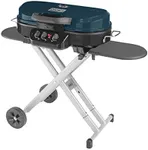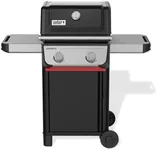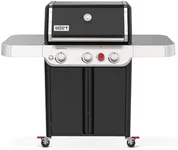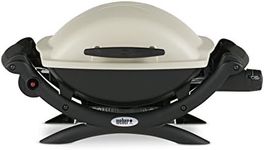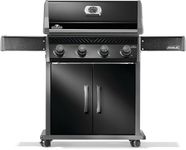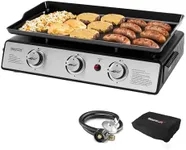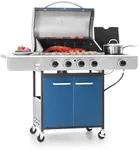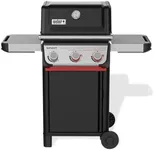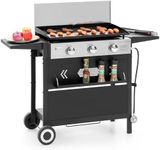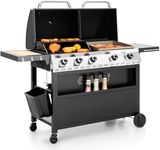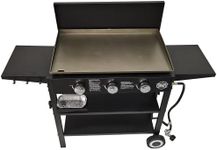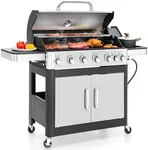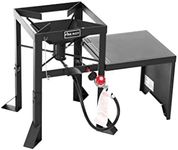Buying Guide for the Best Small Gas Grills
Choosing the right small gas grill can greatly enhance your outdoor cooking experience. Whether you're planning to use it for backyard barbecues, camping trips, or tailgating, it's important to consider several key specifications to ensure you get the best fit for your needs. Here are some important factors to consider when selecting a small gas grill.Cooking AreaThe cooking area refers to the total space available for grilling food. This is important because it determines how much food you can cook at once. Small gas grills typically have a cooking area ranging from 150 to 300 square inches. If you usually cook for a small group or family, a smaller cooking area will suffice. However, if you often entertain guests or cook multiple items simultaneously, opt for a larger cooking area within the small grill category.
BTU RatingBTU (British Thermal Units) rating measures the grill's heat output. A higher BTU rating means the grill can produce more heat, which is important for quick and efficient cooking. Small gas grills usually have BTU ratings between 5,000 and 20,000. For occasional grilling or cooking smaller items, a lower BTU rating is adequate. If you plan to grill larger cuts of meat or need faster cooking times, look for a higher BTU rating.
PortabilityPortability is a key factor for small gas grills, especially if you plan to take it on the go. This includes the grill's weight, size, and whether it has features like foldable legs or carrying handles. Lightweight and compact grills are easier to transport and store, making them ideal for camping or tailgating. If you need a grill that stays mostly in one place, portability might be less of a concern.
Material and Build QualityThe material and build quality of a grill affect its durability and performance. Common materials include stainless steel, cast iron, and aluminum. Stainless steel is rust-resistant and easy to clean, making it a popular choice. Cast iron retains heat well but requires more maintenance to prevent rust. Aluminum is lightweight and resistant to corrosion but may not be as durable as other materials. Choose a material that matches your maintenance preferences and expected usage.
Ignition SystemThe ignition system is how you start the grill. Common types include push-button, rotary, and electronic ignition. A reliable ignition system is important for convenience and safety. Push-button and rotary ignitions are simple and effective, while electronic ignitions offer more convenience but may require battery replacements. Consider how often you'll use the grill and choose an ignition system that suits your needs.
Temperature ControlTemperature control allows you to manage the heat levels while cooking. This is crucial for achieving the desired cooking results. Look for grills with adjustable burners and easy-to-read temperature gauges. If you plan to cook a variety of foods that require different heat levels, precise temperature control is essential. For simpler grilling tasks, basic temperature control features will suffice.
Additional FeaturesAdditional features can enhance your grilling experience. These may include side tables, warming racks, built-in thermometers, and storage compartments. While not essential, these features can add convenience and functionality. Consider which additional features align with your cooking style and preferences. For example, side tables provide extra workspace, while warming racks keep food warm until serving.
